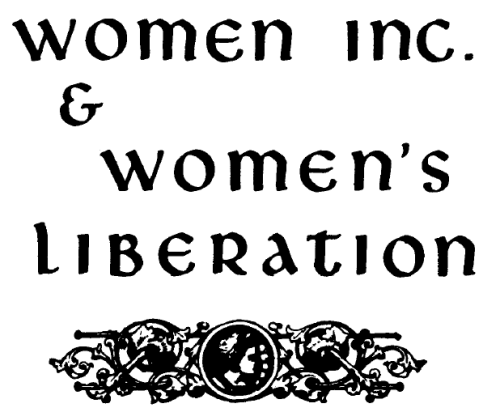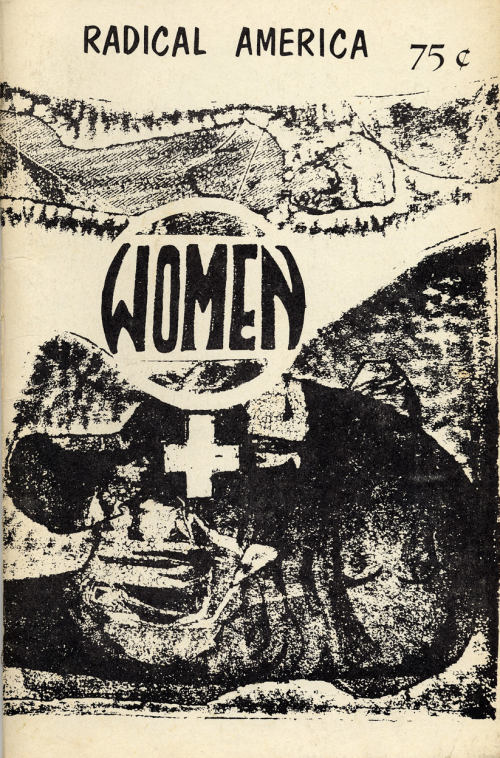The Progressive Era Experience
by David Montgomery.
This was the subject of one of Advance the Struggle’s first posts, which was reported to be viewed by only one person. How is that possible? It demands a re-release! As a new working class struggle simmers under the surface, we should educate ourselves by learning our labor history and seeking out the best traditions and authors in that discipline. David Montgomery was a machinist before he was a professor. He wrote Workers Control in America about how the Taylorized method of production was more than just a method for economic efficiency; it was a mode of control and domination over the labor process which undercut workers’ power and autonomy at the point of production.

US Occupation forces in Iraq: Does organized US labor benefit from imperialism?
Most view the organized labor movement as being a static, conservative body that was often hierarchical and racist. Much of it was. David Montgomery investigates the opposition and internationalism that nonetheless persisted in the bodies of organized labor at the turn of the century, illuminating a powerful counter movement with internationalist principals. The American Federation of Labor from 1886 to 1955 and the AFL-CIO from 1955 to the present have worked and do work with the CIA and US foreign policy, from the pragmatic view that helping maintain the US’s share in the world will produce jobs for US workers. This essay shows on the one hand that the Pan-American Federation of Labor was more a product of diplomatic imperialist maneuvering than of class solidarity, and on the other, that there was still a militant internationalist movement that cross-fertilized in US, Mexico, Cuba , Hawaii and Puerto Rico. Specifically in Mexico, where major US investments shaped the economy, Montgomery states, “anarcho-syndicalists enjoyed strong support on both sides of the border, and the path to union growth was opened by revolution.” Continue reading




 The roots of the Black Panther Party (BPP) lie within student struggle for fully-funded public education reflecting Black history, culture, and struggle. The founders of the party, Huey Newton and Bobby Seale, met at Merritt College in Oakland and began to struggle for education together with other black students. But unlike liberal forces in the movement, Newton and Seale saw the necessity to connect their struggle as black students to structural oppression in working-class black communities. Police murder and beatings combined with a deadly lack of jobs, healthcare, food and affordable housing; the BPP saw that the struggle for control over our schools must be connected to the revolutionary struggle for control over our communities. Looking to the present not a whole lot has changed in Oakland: the BART police murder of Oscar Grant and the numerous murders committed by OPD before and after him demonstrate that state-sponsored racism and violence continues to oppress and kill us; East Oakland has some of the highest rates of foreclosures in the state creating more and more homeless families; health clinics and other vital social services continue to get cut back or completely eliminated; free after-school youth programs and daycare centers continue to close down placing more burdens on working-class mothers, who struggle to find ways to make sure their children are cared for when they attend work and/or school. A central difference between then and now is the lack of an organization like the BPP striving to connect these issues and build community control. There is however a growing student movement, which is trying to fight the budget cuts and demand affordable quality education. There are also
The roots of the Black Panther Party (BPP) lie within student struggle for fully-funded public education reflecting Black history, culture, and struggle. The founders of the party, Huey Newton and Bobby Seale, met at Merritt College in Oakland and began to struggle for education together with other black students. But unlike liberal forces in the movement, Newton and Seale saw the necessity to connect their struggle as black students to structural oppression in working-class black communities. Police murder and beatings combined with a deadly lack of jobs, healthcare, food and affordable housing; the BPP saw that the struggle for control over our schools must be connected to the revolutionary struggle for control over our communities. Looking to the present not a whole lot has changed in Oakland: the BART police murder of Oscar Grant and the numerous murders committed by OPD before and after him demonstrate that state-sponsored racism and violence continues to oppress and kill us; East Oakland has some of the highest rates of foreclosures in the state creating more and more homeless families; health clinics and other vital social services continue to get cut back or completely eliminated; free after-school youth programs and daycare centers continue to close down placing more burdens on working-class mothers, who struggle to find ways to make sure their children are cared for when they attend work and/or school. A central difference between then and now is the lack of an organization like the BPP striving to connect these issues and build community control. There is however a growing student movement, which is trying to fight the budget cuts and demand affordable quality education. There are also 
